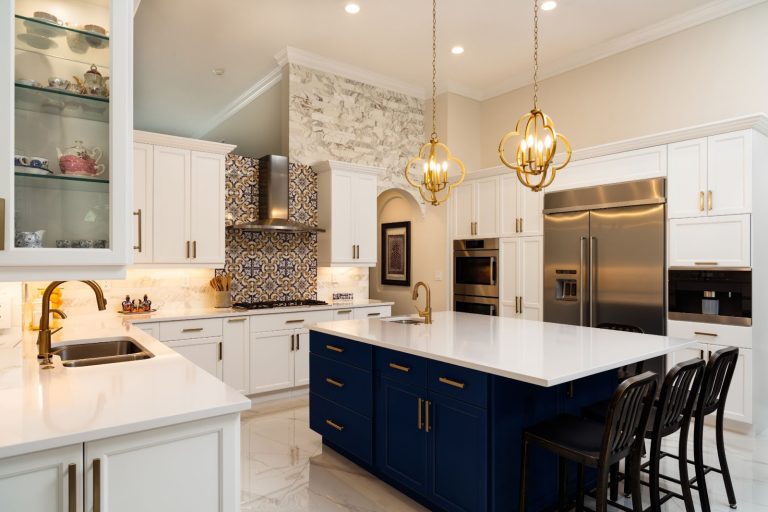Managing a kitchen renovation budget can be challenging, especially if you want a stylish, functional, and durable space. The kitchen is the heart of the home, but many homeowners make mistakes that push costs beyond their means. With expert guidance and planning, you can avoid these costly errors and enjoy a smooth renovation process.
One of the biggest issues is focusing too much on aesthetics while forgetting functionality. A beautiful space is wasted if the workflow between sink, stove, and fridge is awkward. Mapping out how you use the kitchen daily ensures long-term satisfaction. A designer can create a space that meets current needs while considering future requirements, such as children growing into teenagers or larger family use.
Another common mistake is incomplete budgeting. Many renovators plan for appliances, tiles, and cabinetry but forget trades, installation, and rising building costs. Structural changes like removing walls are often the most expensive surprises. Clear budgeting for every step prevents financial stress and keeps the kitchen renovation budget under control.
Being realistic is essential. If your budget is small, choosing high-end materials may leave no money for basic functionality. Custom designs often cost more, so opting for standard sizes, laminate finishes, and pre-assembled options can save money without sacrificing style. Affordable choices free up cash for essentials like storage, durable hinges, and functional accessories.
DIY can help cut costs, but some jobs must be left to professionals. By law, plumbing, electrical, and gas work require licensed tradespeople. Stone benchtop installation, plastering, and design also demand expertise. Attempting these tasks without skill can lead to costly corrections later. Working with experienced designers and trusted installers guarantees compliance and quality results.
Older homes present another challenge. Many contain hidden water damage, asbestos, structural issues, or outdated wiring. Floors and walls may have shifted over time, making them uneven. These problems often surface only after work begins, causing unexpected expenses. Preparing for potential complications in advance helps protect your kitchen renovation budget.
For investment properties, the focus shifts. Instead of personal taste, the goal is durability, tenant appeal, and resale value. Scratch-resistant laminate, easy-to-clean cabinetry, and neutral colour palettes work best. Quality materials and hardware withstand daily wear and increase long-term returns. Striking a balance between cost and return ensures your renovation makes financial sense.
Ultimately, a successful kitchen remodel comes down to planning, expert support, and realistic decision-making. By prioritising function, accounting for all costs, choosing smart materials, and involving professionals, you can control your kitchen renovation budget while creating a space that enhances both lifestyle and property value.

